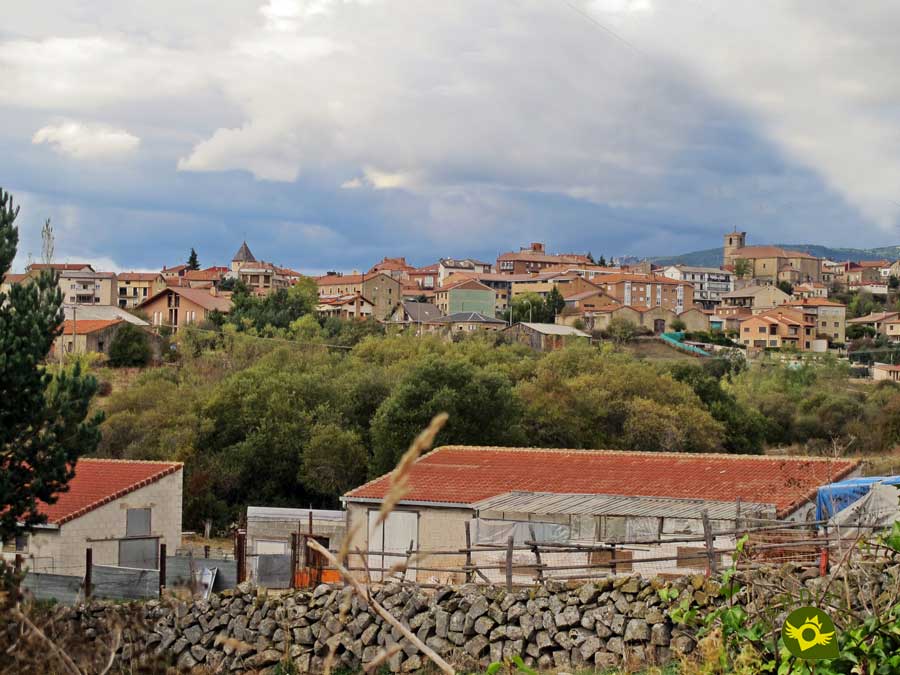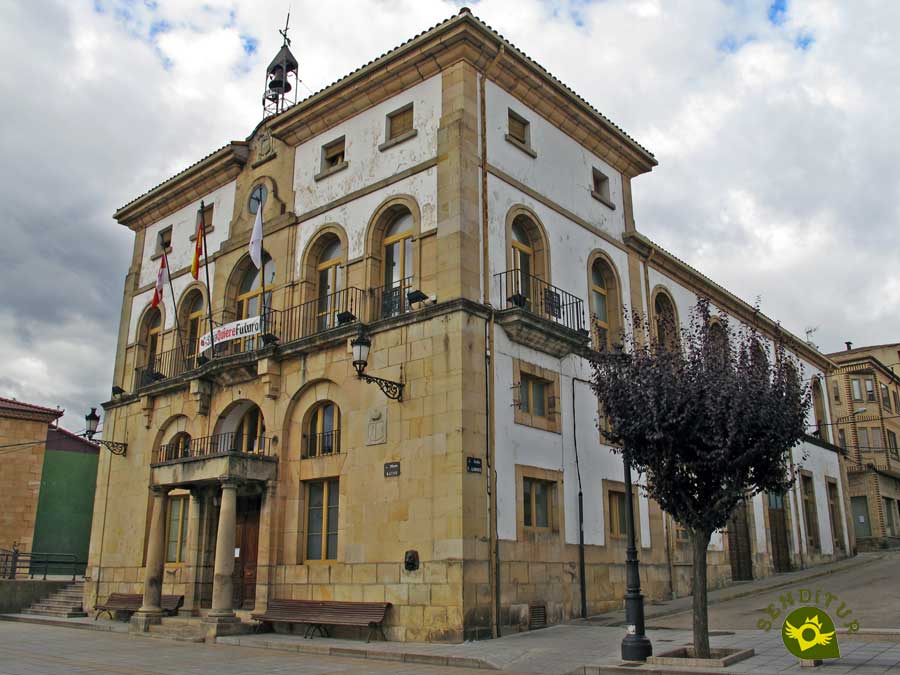Irrigated from north to south by the waters of the Duero River, Covaleda is located in the north-western part of the province of Soria, in the foothills of the Urbión and Resomo mountains and is part of the Pinares Altos region. It is known that the area had population settlements already in the Bronze Age, the findings of which are in the Numantino Museum of Soria. From the 4th to the 3rd century B.C. we can also see traces of settlement, such as the cyclopean wall found near the Paso de los Arrieros site.

The sections of road that are visible near the San Millán well bear witness to the Roman period in the area, where there is also a necropolis with anthropomorphic tombs from the 8th to 10th centuries, the High Middle Ages. From the same period are the sites of the Onsar de Pedro García and the Cuerda los Morales. The foundation of Covaleda is prior to the 10th century as it is already mentioned in the Chronicles of Fernán González, in his fight against the Moors. In the 13th century King Alfonso X the Wise granted Covaleda its Town Charter, in which he recognised the communal ownership of the Covaleda people over the mountain and its pine forests. During all the centuries of history and wanderings of the Royal Cabin of Carreteros, Covaleda formed part of it, and its inhabitants travelled around Spain transporting goods.

Covaleda was able to emerge from the atrocious fire that devastated her almost entirely on September 8, 1923. The church of San Quirico and Santa Julita, which was built in the 17th century on top of an earlier church, was one of the few churches that were spared from the flames. Its current urban design, its stone houses with beautiful balconies... are a reflection of the character of this prosperous town and its people. Another architectural jewel that Covaleda has is the Virgen del Campo hermitage, which was built between the 17th and 18th centuries and was bought by the Covaleda people from the Benedictine monks of Oña. On the outskirts of the town, saving the waters of the incipient River Duero, two bridges, the seventeenth century Soria Bridge and the Romanesque Santo Domingo Bridge, built in the Middle Ages, have been declared a Site of Cultural Interest.

In a privileged place, with a spectacular environment, in Covaleda, outdoor activities are guaranteed, mountaineering, climbing, mycology, trekking... Long-distance routes such as the GR 86 Soriano Iberian Trail, or local itineraries and routes so that everyone can enjoy beautiful corners, unforgettable landscapes, hidden waterfalls or beautiful pine forests where, if you listen carefully, you will hear the Great Spotted Woodpecker as it beats the trunk chosen to make its nest with a funny musicality. To recover your strength, what better than a good caldereta or a sandwich from Covaleda filled with fried eggs and chorizo? All this will make Covaleda one of the places you will surely want to return to.

Covaleda celebrates its patron saint's festivities in honour of San Lorenzo on 10th August and San Quirico and Santa Julita on 16th June.
According to some scholars Covaleda was inhabited at its foundation by Bretons and the Covaleda people are proud to be direct heirs of them, hence they are also known as "bretos". The adventurous and enterprising spirit of the bretos is mentioned in the Chronicles written by Gonzalo de Ayora in which he tells how these people set out to repopulate Ávila and helped build its walls back in the 11th century.
The Sierras de Agua, also known as Sierras Verticales, are faithful witnesses of the traditional woodworking activity of the people of Covaleda. These are handcrafted hydraulic works that used the force of the water from the rivers and streams to saw the wood and that today, already in disuse, can be admired in harmony with the landscape.

Covaleda's surroundings lend themselves to magic, mystery and legend like its famous Uncle Meliton Caves. Uncle Meliton was a modest shepherd who, according to legend, had great physical strength, an awakened mind and a proud and independent character. When he married the Cabrera woman, known in such a way as to be a native of Cabrejas del Pinar, he and his wife went to live in the mountains, making these caves their home. From these places, their domains, they forged a history of outlaws where thefts and the eye for an eye, you did it to me, you pay for it, were their law.
MORE ROUTES AVAILABLE, DON'T MISS IT...
MORE PLACES AVAILABLE, DON'T MISS IT...
We reach the town of Covaleda by following the road that connects it on one side with Molinos de Duero and Abejar, the latter on the N-234 between Soria and Burgos. And on the other hand it communicates it with Duruelo de la Sierra and Salas de los Infantes among others.
Covaleda has a bus service that runs daily, except Saturdays, from Soria to Burgos, as well as from these capitals to the villages along the route.
SENDITUR is not responsible for any variation in the information described, as well as for the misuse of its guides and recommends that everyone be responsible and prudent in carrying out the activity. Likewise, we invite you to document yourself with books and specialized guides to complement the information described. From the commitment of SENDITUR with Nature and the respect to the balance of the environment, SENDITUR urges you to travel in a responsible way, with low environmental impact and respecting at all times the Natural, Cultural and Social environment wherever you go. For any suggestion, SENDITUR invites you to send an email to .
Continue watching …